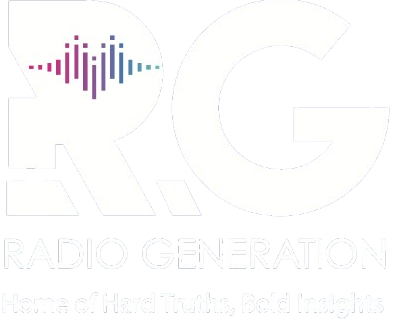Kenya tops Sub-Saharan Africa in education rankings

The Bank’s Public Finance Review highlights that Kenya not only achieves the highest learning-adjusted years of schooling (LAYS) in the region but also remains a pioneer in policy innovation and consistently prioritizes education funding.
Kenya has emerged as a frontrunner in education across sub-Saharan Africa, driven by ambitious reforms, substantial investments, and a strong commitment to ensuring equitable and quality education, according to a World Bank report.
The Bank’s Public Finance Review highlights that Kenya not only achieves the highest learning-adjusted years of schooling (LAYS) in the region but also remains a pioneer in policy innovation and consistently prioritizes education funding.
Kenya’s educational transformation gained momentum in the early 2000s with the launch of free primary education in 2003, which was later expanded to include free day secondary schooling in 2008.
These groundbreaking policies have significantly increased access to education, enabling Kenya to achieve near-universal basic education, an accomplishment that remains elusive for many countries in the region.
The report also highlights that the 2024/25 budget earmarked Sh656 billion for education, accounting for 27.6% of total government spending on ministries and departments.
This allocation exceeds regional averages and underscores Kenya’s strong commitment to education despite ongoing fiscal challenges.
According to the report, Kenya has consistently allocated nearly five percent of its GDP and 20 percent of its annual budget to education over the past decade, meeting international standards for education funding.
In 2023, the government shifted focus toward improving learning quality and expanding access to education beyond the basic level.
A key part of this initiative is the implementation of the competency-based curriculum (CBC), a comprehensive reform designed to equip students with practical skills relevant to the demands of the 21st-century economy.
The report highlights that the rollout of the Competency-Based Curriculum (CBC) has created significant staffing challenges, with a current shortfall of 72,000 teachers in lower secondary schools and similar gaps anticipated in senior secondary as new subjects and pathways are introduced.
The Teachers Service Commission projects that an additional 162,000 teachers will be required by 2028 to fully implement the reforms.
With an average monthly salary of about Sh40,000, this translates to an extra annual salary cost of approximately Sh77.8 billion.
These curriculum changes have transformed classroom dynamics, introduced new options at the senior secondary level, and demanded substantial investment in teaching resources and professional development for educators.
Textbook availability, once a major bottleneck, has seen notable improvement thanks to policies targeting a one-to-one student-to-textbook ratio.
Additionally, school-based management has been strengthened, enhancing accountability and operational efficiency at the local level.
Despite challenges such as the COVID-19 pandemic, the reform process has remained largely on track given its ambitious scale and complexity.
Kenya now boasts the highest expected years of schooling in sub-Saharan Africa about 12 years compared to the regional average of eight and continues to lead the continent in learning-adjusted years of schooling (LAYS), reflecting both access and quality.
